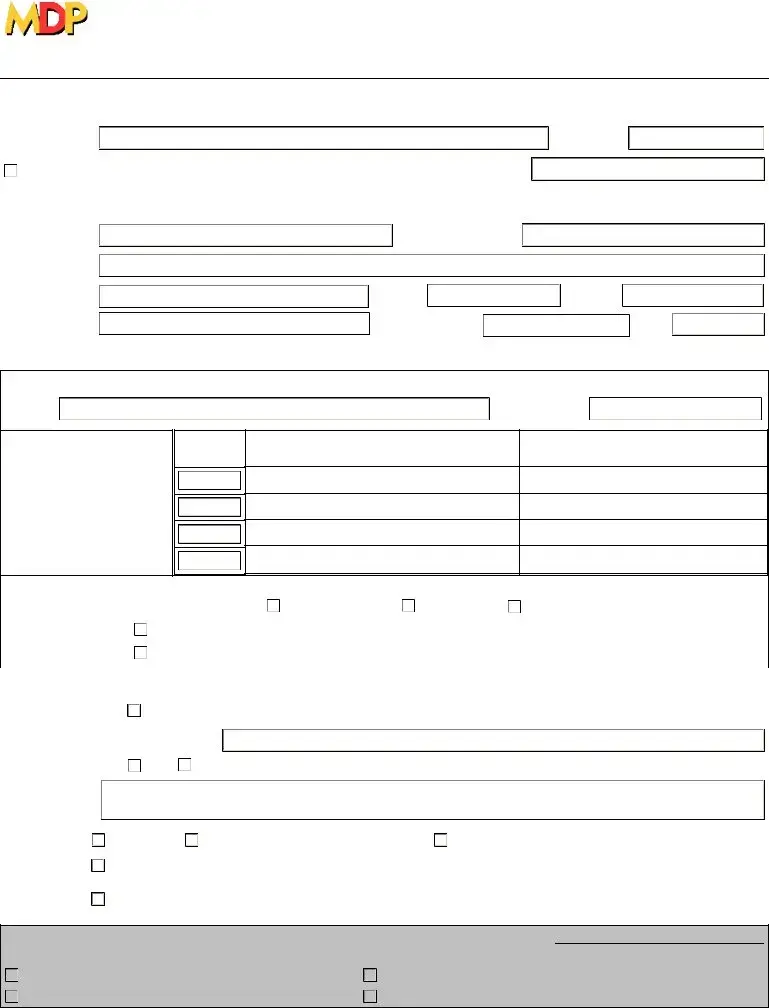The Maryland Historical Trust (MHT) Project Review Form is designed to solicit comments from the MHT, also known as the Maryland State Historic Preservation Office (MDSHPO), on state and federal undertakings. Its main purpose is to evaluate the potential impacts of proposed projects on historic properties within Maryland. By submitting this form, project planners can ensure that their projects comply with state and federal historic preservation laws, avoiding undue harm to historical sights and ensuring responsible development.
To complete the Project Review Form, the following information must be provided:
-
General Project Information:
This includes the project name, whether it is a new submission or additional information related to a previously submitted project, and the project's log number assigned by MHT, if applicable.
-
Primary Contact Information:
Contact name, company or agency affiliation, mailing address, phone number, and email address.
-
Description of Undertaking:
Location of the project with a map attachment, list of all federal and state agencies/programs involved, and detailed project description including the scope of work and any drawings or site plans.
-
Identification of Historic Properties:
Information about historic properties that may be affected by the project, including any previous investigation details, and attachments such as maps, photographs, and descriptions of project area conditions.
Additionally, the form must include any attachments mentioned throughout, such as maps, project descriptions, site plans, photographs, and a brief description of the area's conditions.
The completed form along with all necessary attachments should be submitted in hard copy to Beth Cole at the Maryland Historical Trust, located at 100 Community Place, Crownsville, MD 21032. This submission process helps ensure that the MHT has all the information needed to accurately assess the project's potential impacts on historic properties.
Any project that involves state or federal funding, permits, or licenses and may affect historic properties in Maryland should submit this form. This includes, but is not limited to, projects involving:
-
New construction
-
Demolition
-
Remodeling or rehabilitation
Additionally, projects that aim to utilize state or federal rehabilitation tax credits or affect properties subject to an easement held by MHT or another entity must also go through this review process.
How does the Maryland Historical Trust respond to submissions?
Upon reviewing the submitted Project Review Form and all accompanying documents, the MHT will make a determination regarding the project's potential impact on historic properties. The possible determinations include:
-
No historic properties in the area of potential effect
-
No effect on historic properties
-
No adverse effect with conditions on historic properties
-
No adverse effect on historic properties
-
Adverse effects on historic properties
In some cases, the MHT may request additional information to make a final determination. The outcome of the review will be communicated to the primary contact listed on the form, outlining any required steps or measures to mitigate potential impacts on historic properties.

 There are
There are  The project will have
The project will have